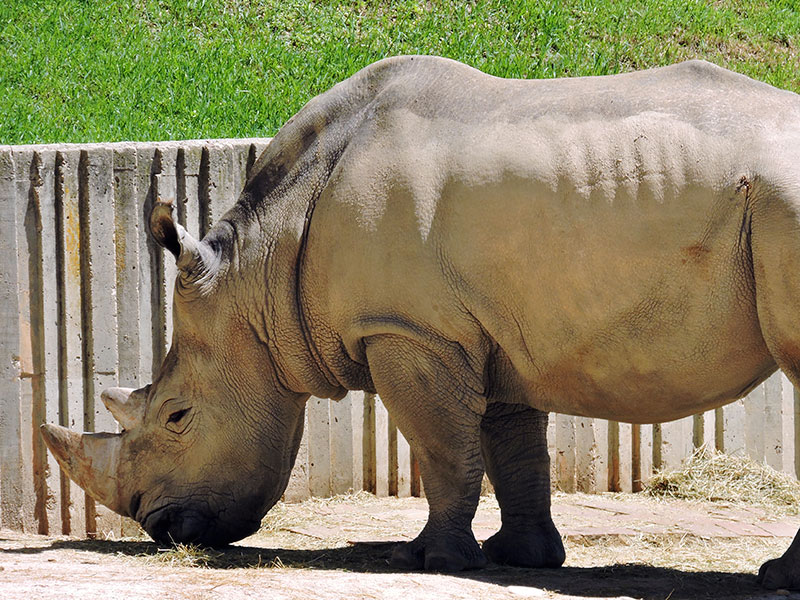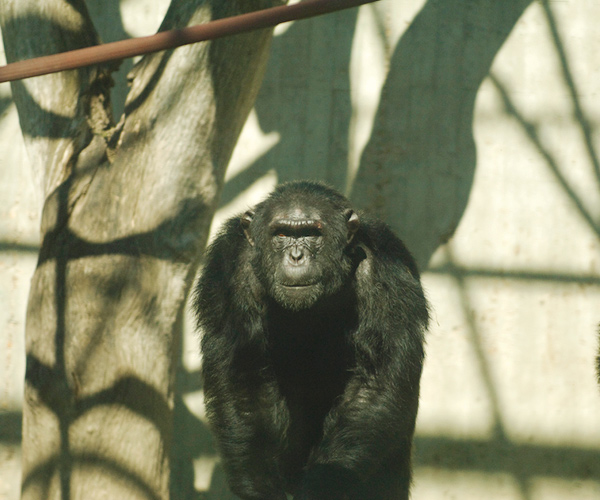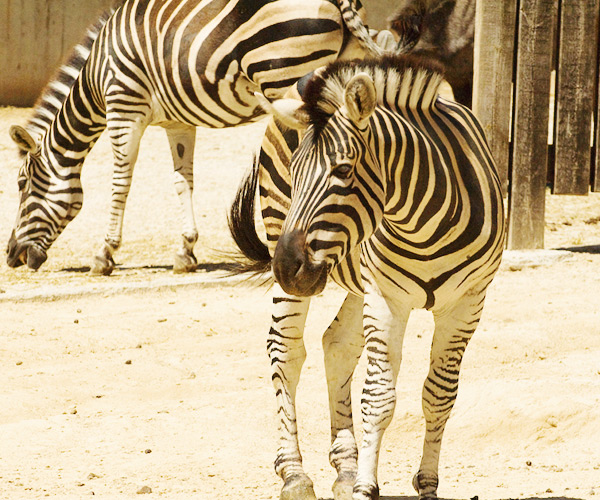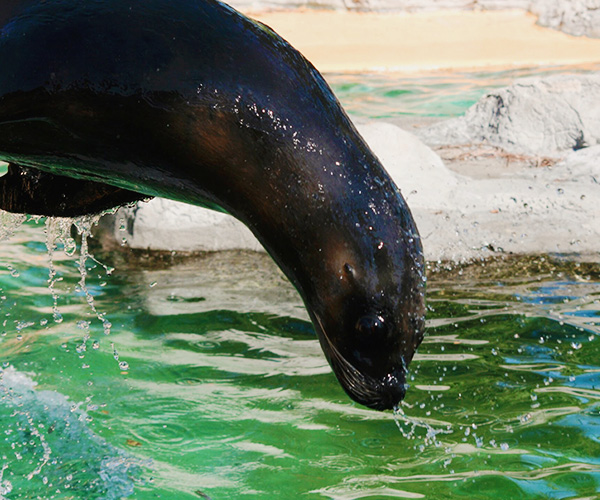The white rhinoceros is the second largest land mammal on the planet. Despite its impressive size, it is a very agileanimal, capable of galloping at high speed and turning at full speed.
It is solitary and has horns that are its most fearsome weapon. Antlers are, however, the reason why its hunting is so coveted: popular beliefs attribute aphrodisiac properties to it. It is a protected species and hunting is prohibited.
It has good hearing and smell, but poor eyesight. None of the African rhinoceroses is actually white, but gray. In the case of the white rhino, the name comes from the word “wyd” (“white”, in Afrikaans, which means “wide” and refers to the size of its lips and mouth).
They are distributed in the east and south of the African continent.
One of his great hobbies is to take mud baths. This serves to protect him from insects, as well as to regulate his temperature. For this reason, it allows birds to perch on its back, so that they can clean the hard skin that covers it, which lacks fur, of parasites.
It usually lives in open and dry forests, with good pastures to feed on bulbs, grass and leaves: the basis of its diet.
With nocturnal habits, it is the most sociable of the rhinoceroses and groups in mother-calf pairs or in herds of up to seven young specimens.
Pregnancy lasts 18 months, and lactation lasts one year, although the baby rhino eats grass from the first weeks of life. The female comes back in heat after two years, when the calf is forced to become independent, since the mother has to mate again.
















